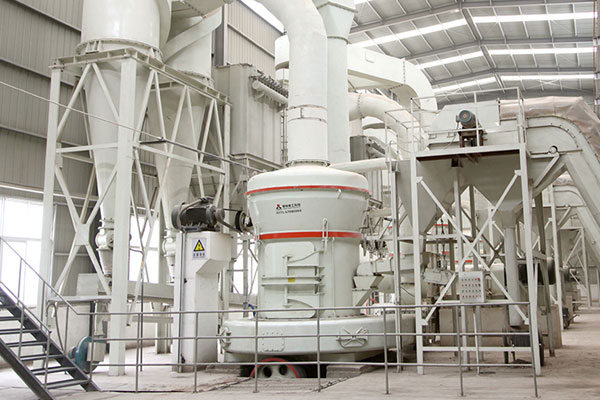Limestone is a commonly used natural resource in various industries, and its utilization often requires it to be processed into fine particles for various applications. Grinding mills are crucial equipment in achieving this particle size reduction, and in this article, we will discuss 200-325 mesh limestone grinding mills.
Introduction to Limestone Grinding Mills
Limestone is a sedimentary rock composed primarily of calcium carbonate (CaCO3). It is widely used in industries such as construction, agriculture, manufacturing, and environmental management. To make the most of its versatile properties, limestone must often be processed into different particle sizes, with 200-325 mesh being a common range.

What is 200-325 Mesh Limestone?
Mesh size is a measure of the fineness of a powder, and it refers to the number of openings per linear inch in a sieve through which the particles must pass. In the case of 200-325 mesh limestone, it means that the limestone particles have been ground to a size where they can pass through a sieve with 200 to 325 openings per linear inch. This corresponds to particle sizes ranging from approximately 75 to 45 microns.
Grinding Mills for 200-325 Mesh Limestone
Several types of grinding mills are suitable for grinding limestone into the 200-325 mesh range, each with its advantages and applications. Here are some common types:
Raymond Mill: Raymond mill is a traditional grinding mill that uses a rotating spindle with grinding rollers to crush and grind limestone. It is efficient for producing fine powders within the 200-325 mesh range. The grinding process involves the limestone being fed between the grinding rollers and the grinding ring, where it is pulverized.
Ball Mill: Ball mills are widely used in the mining and construction industries for grinding various materials, including limestone. They work by rotating a cylindrical container filled with grinding media (such as steel balls), which impacts and crushes the limestone particles into smaller sizes.
Vertical Roller Mill (VRM): VRM is a modern grinding mill that utilizes multiple rollers to crush and grind limestone. It is efficient and can produce fine limestone powder in the desired mesh range. VRMs are known for their energy efficiency and ability to control particle size distribution.
Ultrafine Grinding Mills: For applications that require extremely fine limestone powder, ultrafine grinding mills such as stirred media mills or jet mills can be employed. These mills can produce particles in the sub-micron range.
